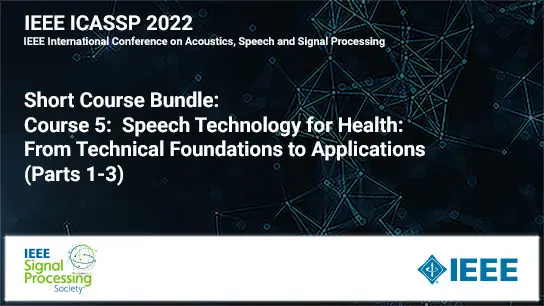IMPROVING THE FUSION OF ACOUSTIC AND TEXT REPRESENTATIONS IN RNN-T
Chao Zhang, Bo Li, Zhiyun Lu, Tara Sainath, Shuo-Yiin Chang
-
Members: FreeSPS
IEEE Members: $11.00
Non-members: $15.00Length: 00:09:57
12 May 2022
The recurrent neural network transducer (RNN-T) has recently become the mainstream end-to-end approach for streaming automatic speech recognition (ASR). To estimate the output distributions over subword units, RNN-T uses a fully connected layer as the joint network to fuse the acoustic representations extracted using the acoustic encoder with the text representations obtained using the prediction network based on the previous subword units. In this paper, we propose to use gating, bilinear pooling, and a combination of them in the joint network to produce more expressive representations to feed into the output layer. A regularisation method is also proposed to enable better acoustic encoder training by reducing the gradients back-propagated into the prediction network at the beginning of RNN-T training. Experimental results on a multilingual ASR setting for voice search over nine languages show that the joint use of the proposed methods can result in 4%--5% relative word error rate reductions with only a few million extra parameters.



